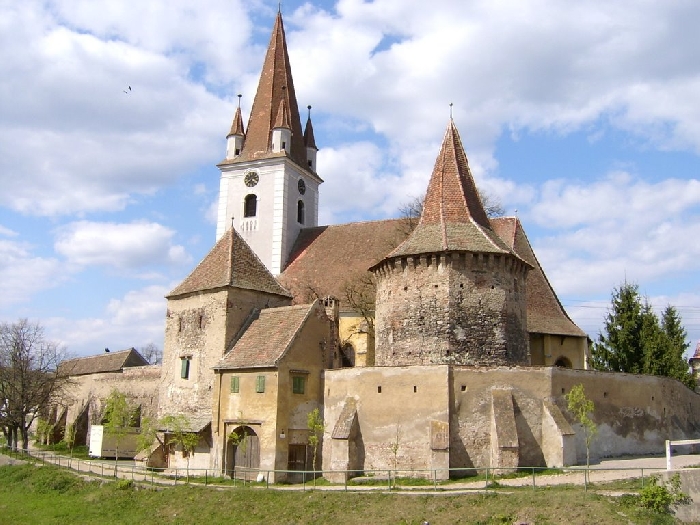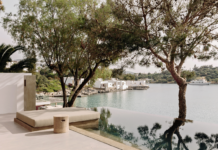Right in the heart of Romania, guarded by the high peaks of the Carpathian Mountains, lies a land blessed by nature, Transylvania.
Home to many legends, mysterious castles, fortresses and churches, medieval festivals and beautiful traditions, this picturesque land is well known for its remote Saxon villages, charming cities and natural reserves.
Probably the most vocal admirer of Transylvania is Prince Charles, who doesn’t miss any chance to speak warmly about the region and to encourage people to travel to Romania. If Transylvania is on your list for an upcoming trip, we recommend you stay in one of the guesthouses below, in order to live the Transylvanian experience to the fullest.
Kálnoky Castle, Micloșoara, Covasna
The story of the castle starts in the XVII century, when Kálnoky István III first mentions the construction of a house in Micloșoara. The house was meant to be a hunting manor, and it combines Renaissance, Baroque and neo-Classical architecture.
The 19th-century main guesthouse, or Upper House, has two stories and a cellar. Drinks are served in a drawing room with high-backed armchairs, next to a fireplace with white and blue tiles that bear the Kálnoky emblem. Meals are served in the cellar on a long wooden table in front of an open fire.
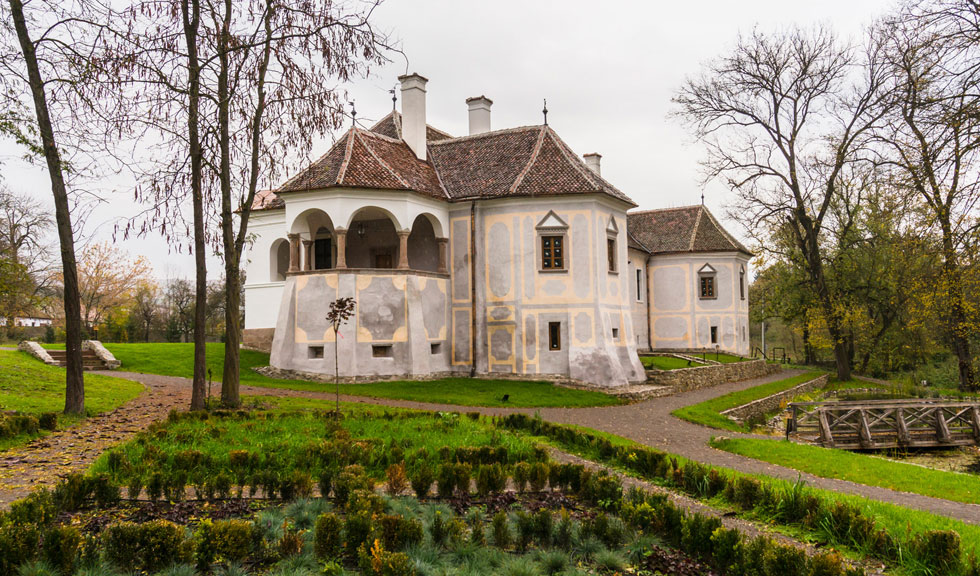
Nearby there are numerous castles, former manors and fortified medieval churches to visit as well as crumbling Saxon villages, home to members of Romania’s ethnic German minority for 800 years.
The money raised from Count Kalnoky’s Estate contribute to the development of Transylvania and the preservation of its cultural and natural heritage, in direct collaboration with The Prince of Wales’s Foundation in Romania.
The Apafi Manor, Mălâncrav, Sibiu
Above the small village of Mălâncrav, the Apafi Manor is an example of recovery and protection of local architectural heritage. Built in the early XVII century by the Apafi noble family, the manor was opened once again in 2007 after extensive renovation.
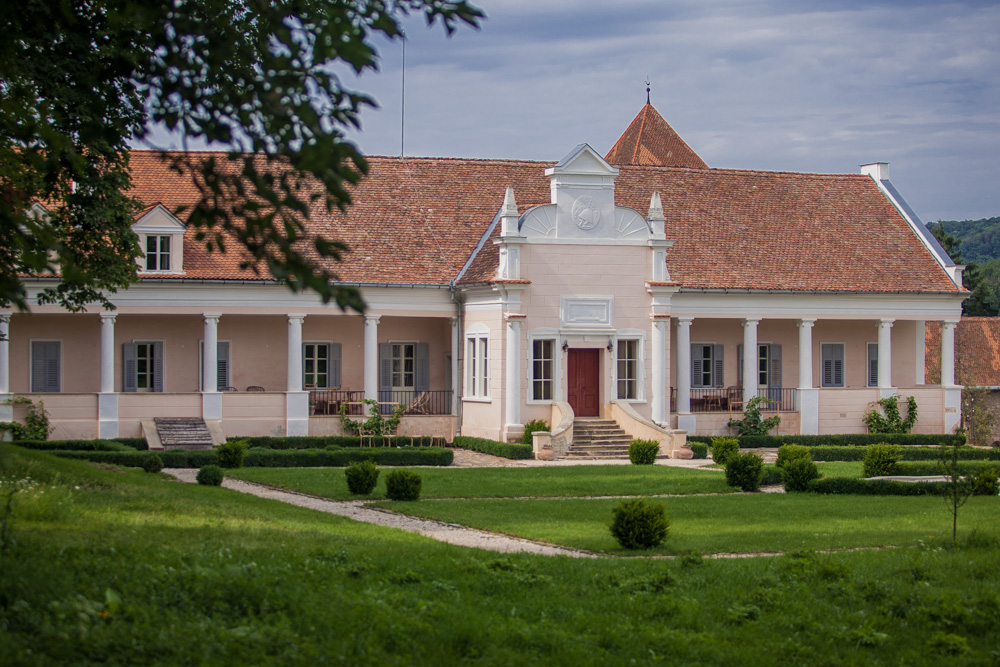
British designer David Mlinaric oversaw the interior design, respecting the original spirit: most of the objects inside the rooms of the manor are of local provenience, either originally found inside the manor, or brought from the nearby villages.
You can choose from five generous rooms, beautifully furnished with a mix of modern and traditional pieces and you must visit the library, one of the central spaces of the manor.
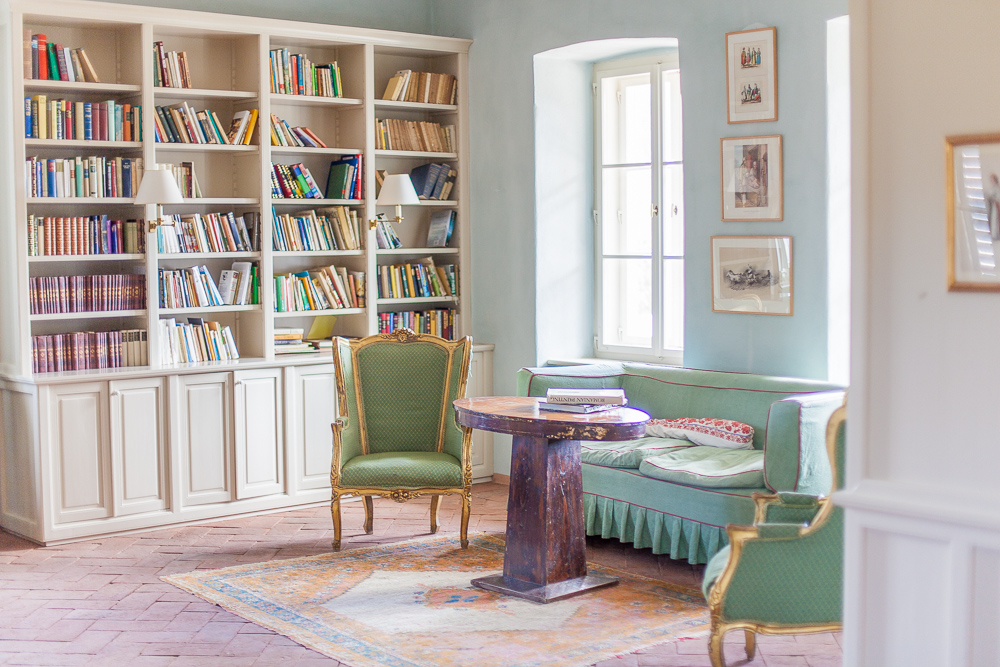
Cincșor Guest House, Cincșor
Built in 1910 in the Art Nouveau Style and restored in 2014, this former Protestant Saxon School in Cincșor was turned into a guesthouse that offers the perfect getaway and relaxation for those who want to live the authentic Transylvanian experience.
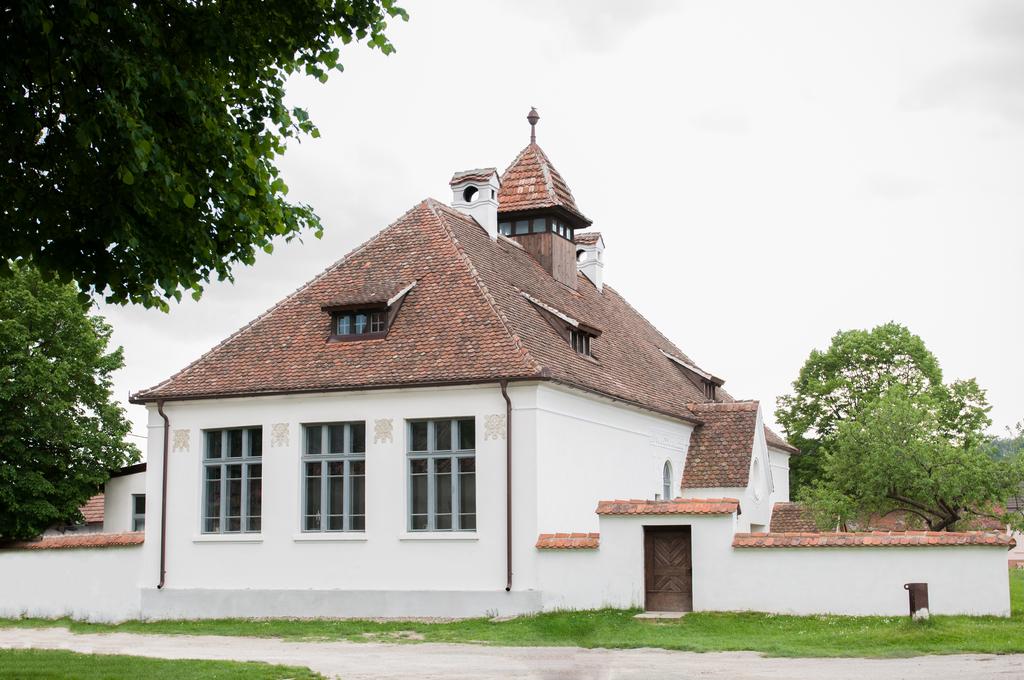
Apart from the 4 bedrooms, the guesthouse features a recreation area in the chimney room, a breath-taking library room and a well-lit porch designed as a dining area.
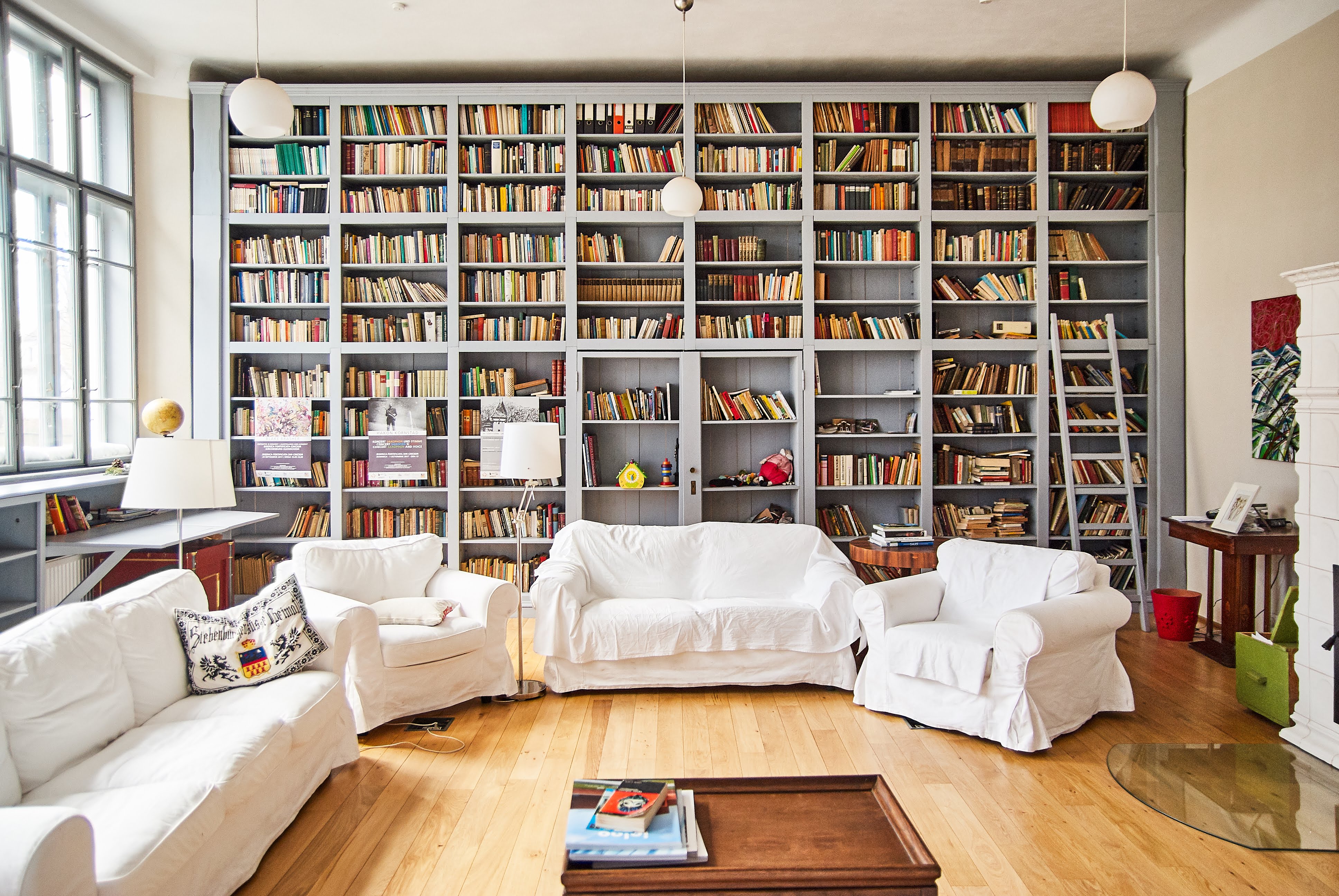
This place is also fit for those who love to discover various cuisines. All dishes served are Cincșor are made using only local and carefully selected ingredients and they are inspired from old Romanian, Hungarian and Saxon recipes.
Biertan
One of Transylvania’s seven Saxon Unesco World Heritage villages, Biertan feels like a place that was frozen in time. On the village’s streets you can still find horse-drawn carts, while in the cobbled village square, artisans still gather to trade their products.
Meanwhile, right in the heart of the village, a 15th Century fortified church with nine fortification towers overlooks the surroundings as a silent guardian.
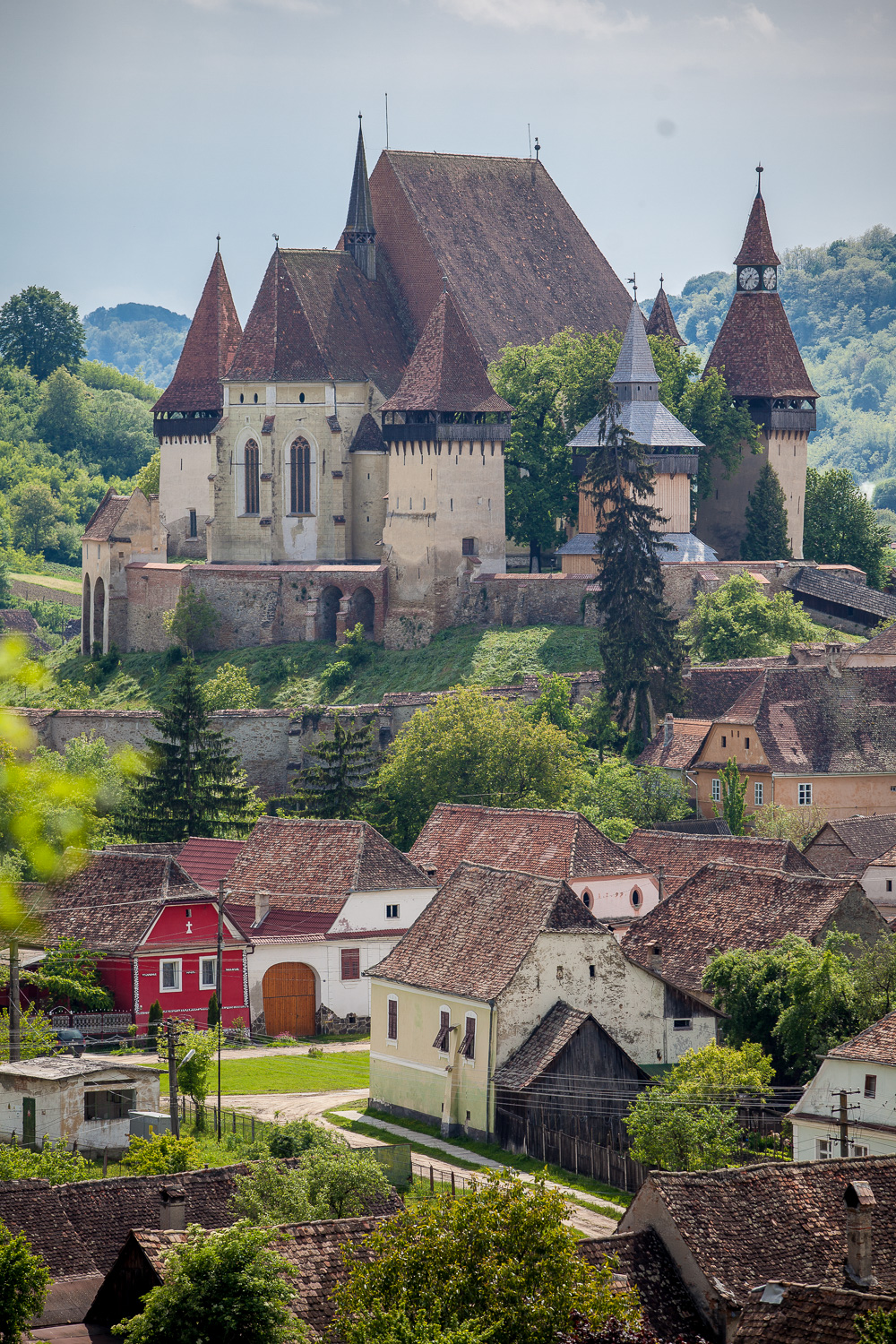
There are many stories related to this church, but one of them is by far the most peculiar one. Inside the church grounds, there is a small building with a room barely larger than a pantry. For over 300 years, couples whose marriages were failing, were locked inside this room for six weeks by the local bishop, in hope that they would rekindle their relationship and avoid divorce. As strange as it may seem, the idea was rather successful, since during those 300 years, there was only one divorce in Biertan.
The Clay Castle of the Valley of Fairies
Only 40 km from Sibiu, an unusually shaped castle will surely catch your attention. The Clay Castle of the Valley of Fairies, reminiscent of a Hobbit’s house, or a setting in one of the Grimm brothers’ novels, is made entirely from natural materials.
The walls were made of a mixture of earth, water, clay, straws and sand, while the towers were made of river stone. The place was built by a couple who wanted to fulfil their dream of living in the countryside and it is expected to also function as a hotel. The rooms will also feature only natural and local materials and during the winter time, they will be heated with simple wood fires.
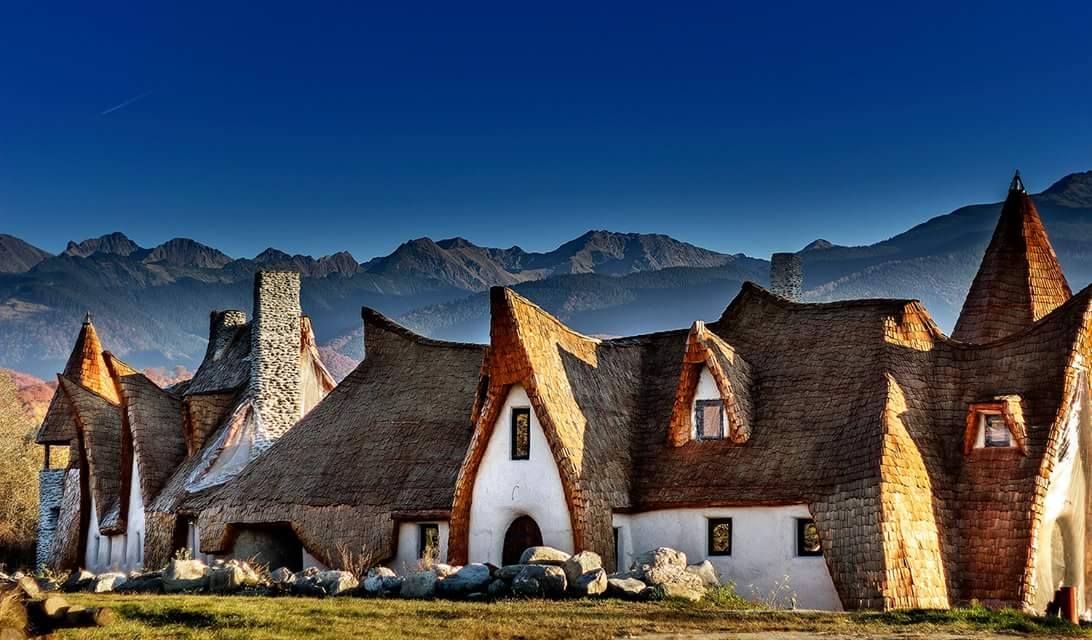
Other places not to miss in Transylvania:
Brașov
Known as “Kronstadt” or “The City of the Crown”, Brașov is one of the most cosmopolite cities of Transylvania. The architecture, the numerous museums, the Black Church – the largest Gothic Church in Eastern Europe, the First Romanian School, the Rope Street – the narrowest streets in Europe and Saint Nicholas Church are just some of the city attraction.
Bran Castle
The Bran Castle has an intriguing story related to the royal family of Romania and of course, is home to the legend of Count Dracula. They say that some cloves of garlic might come in handy if you plan to visit Dracula’s Castle…particularly on Halloween.
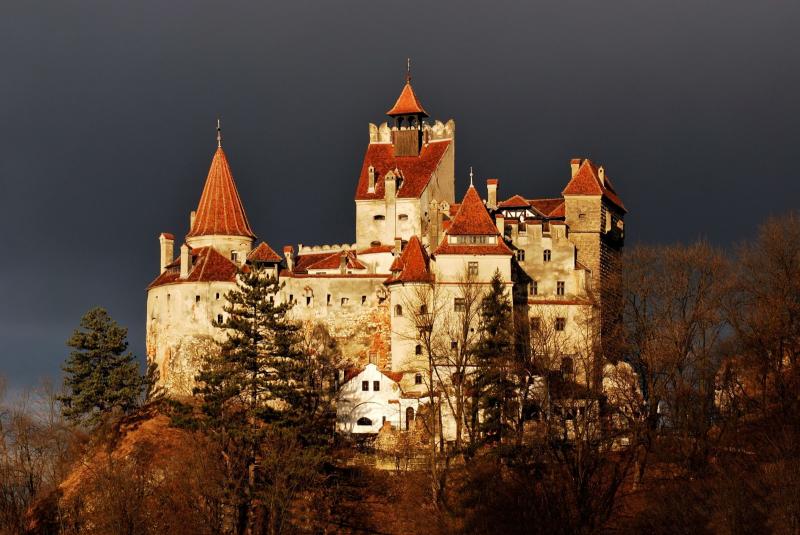
Râșnov Fortress
20 minutes’ drive from Bran Castle you can find one of the best preserved medieval fortresses built by peasants. Condé Nast Traveller included Râșnov Fortress in its Top 10 Most Beautiful Snow Castles in the World, so make sure not to miss it.
Alba Iulia Carolina Citadel
Located in Alba Iulia, this is a precious symbol of Romania and the place where the Great Unification took place almost 100 years ago, on December 1st.
The city features one of the most spectacular medieval citadels in the country. Don’t miss the changing of the guard, which takes place every day at 11:00 AM, particularly in the summertime, when it becomes spectacular.
Corvinus Castle
Also know as the Hunyadi Castle, this place is the epitome of Gothic Renaissance architectural style. It is acknowledged as one of the largest castles in Europe and it is also home to many legends. One of them says that Vlad the Impaler was kept here as a prisoner by the Hunyadi family.
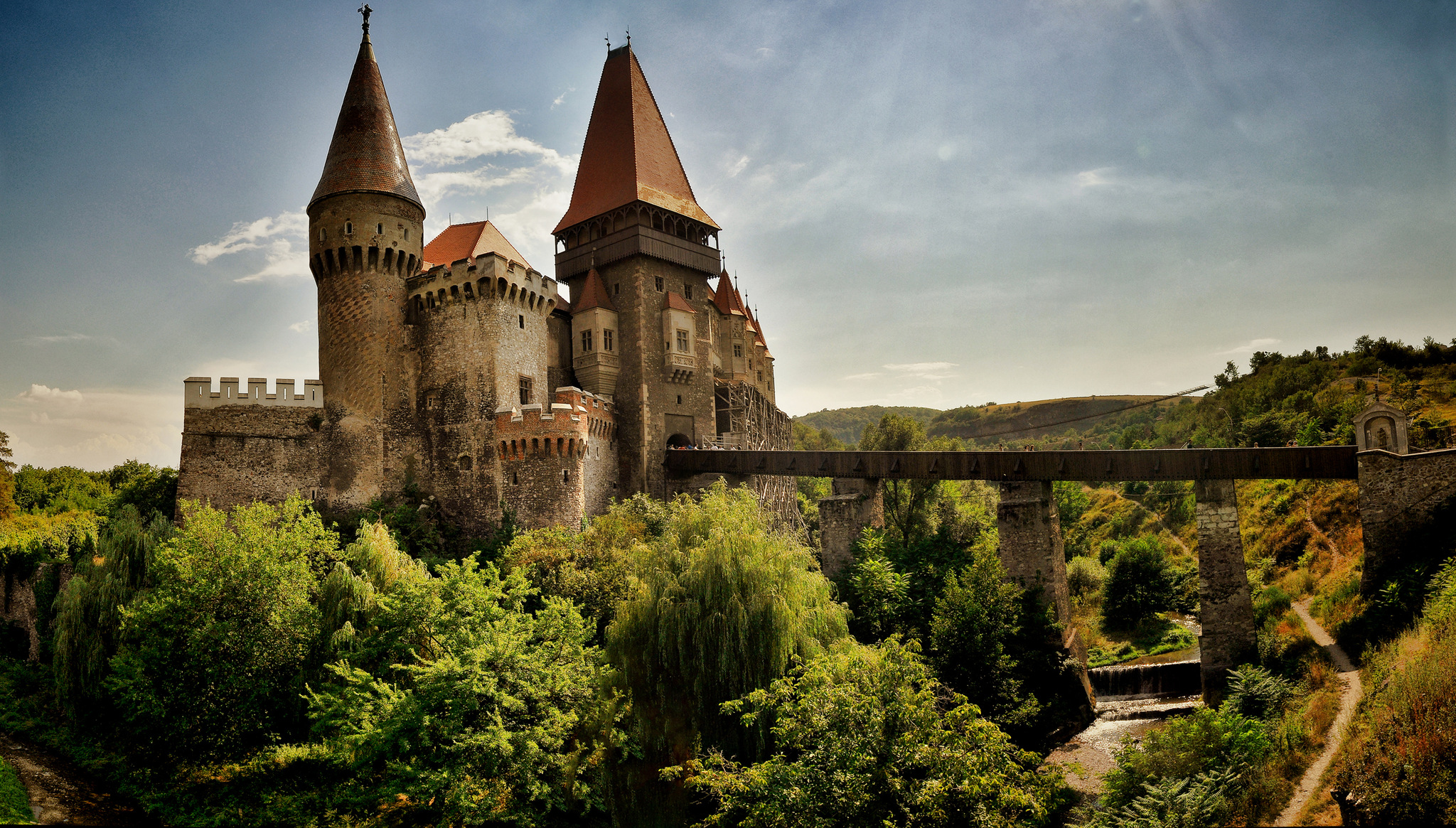
Fortified churches
Transilvania is very popular for its rural landscape and Saxon legacy. If you would like to spend an authentic cultural holiday, spend the night in a local guesthouse, try the local foods and live the simple but genuinely beautiful rural lifestyle. You will find many beautiful fortified churches on your path, including Viscri Fortified Church, dating from approx. 1100.
